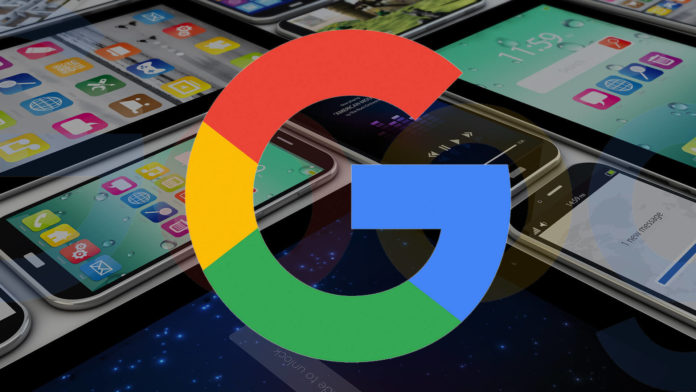On Wednesday, Google has announced that it has made certain changes to its new Search Console for SEO and website development to figure out how Google is going to index their website. Basically, you can find out whether Google moved a site to mobile-first indexing.
Google introduced its Search Console with minor updates and added a few of the index features to remind managers and site owners regarding the impact of mobile-first indexing on current and new sites.
Considering the changes to search console, it has now been made easier to figure out whether a site was indexed on desktop or mobile content and identified whether Googlebot Desktop or Googlebot Smartphone was used on the given chart or report.
You will be notified whenever your site is being indexed completely with the content on mobile devices at the time of visiting the search console. You can also find out when the mobile-first approach applies to your site.
There is no such information to be displayed yet, even though a lot of sites to be seen on the mobile index for a while. The indexing crawler of your site will also be listed on the “Settings” page on the Search Console. You can visit this page anytime to figure out which crawler is being used on the site. In the end, the search console also shows up which crawler has been primary.
What about the “Mobile-First Index”?
It goes without saying that Google is not going to maintain an individual index. This term refers to indexing the content on the mobile version of a specific site by Google. The user of the Googlebot Smartphone enters your site and pretends to be a mobile device. It keeps track of the content which has been provided and index each page on the basis of availability. Ranking factors are going to be based on the mobile version. The content featured on the mobile version is similar to the desktop version.
If your site relies on separate URL offers versions with optimized mobile pages or not, or serves as another page as per the device of the visitor, Google will prefer the content which is mobile friendly.
How will it work for new sites?
As of July 1, 2019, all the new websites have been working with mobile-first indexing (which had been unknown to Google Search or new to the web). For current or older sites, we keep on tracking and determining pages on the basis of best practices, as reported by Google on the given documents for the developer.
If you are going to start a site now, it will much likely to prefer mobile devices. It can also be the best practice if you employ progressive web apps and AMP for any project. First of all, it’s time to leave the individual mobile URL or anything which creates another page or content on the basis of devices. It consists of accessibility options rather than building the same to your mobile-friendly site.
According to John Mueller, a Google developer advocate, “When it comes to supporting dynamic serving, responsive web design, and individual mobile URLs for mobile versions, it is highly recommended to use responsive design when it comes to using new sites. We have seen the conflicts and issues from using individual mobile URLs over the decade, both from users and search engines’ end. It is always wise to use the individual URL for both mobile and desktop sites.
How it will affect current sites?
When any update arises on the current site, mobile-first must be the approach. According to Mueller, the search engine wants all websites to be optimized for mobile devices and indexing must be relevant for both existing and new websites. The search engine determines the readiness of existing websites for mobile-first indexing as per the text, videos, links, and images, structured data and other meta information like robots meta tags, descriptions, and titles. It is highly recommended to cross-check such factors when a website is introduced or redesigned well.
Generally speaking, it has been confirmed that optimizing a site for Google is now more into content marketing and mobile optimization. Be sure to look for a mobile-first approach when it comes to updating your existing site. It is also vital to ensure that all content is seen properly in mobile sites. In the end, you need to create relevant and quality content for all mobile and desktop users.







